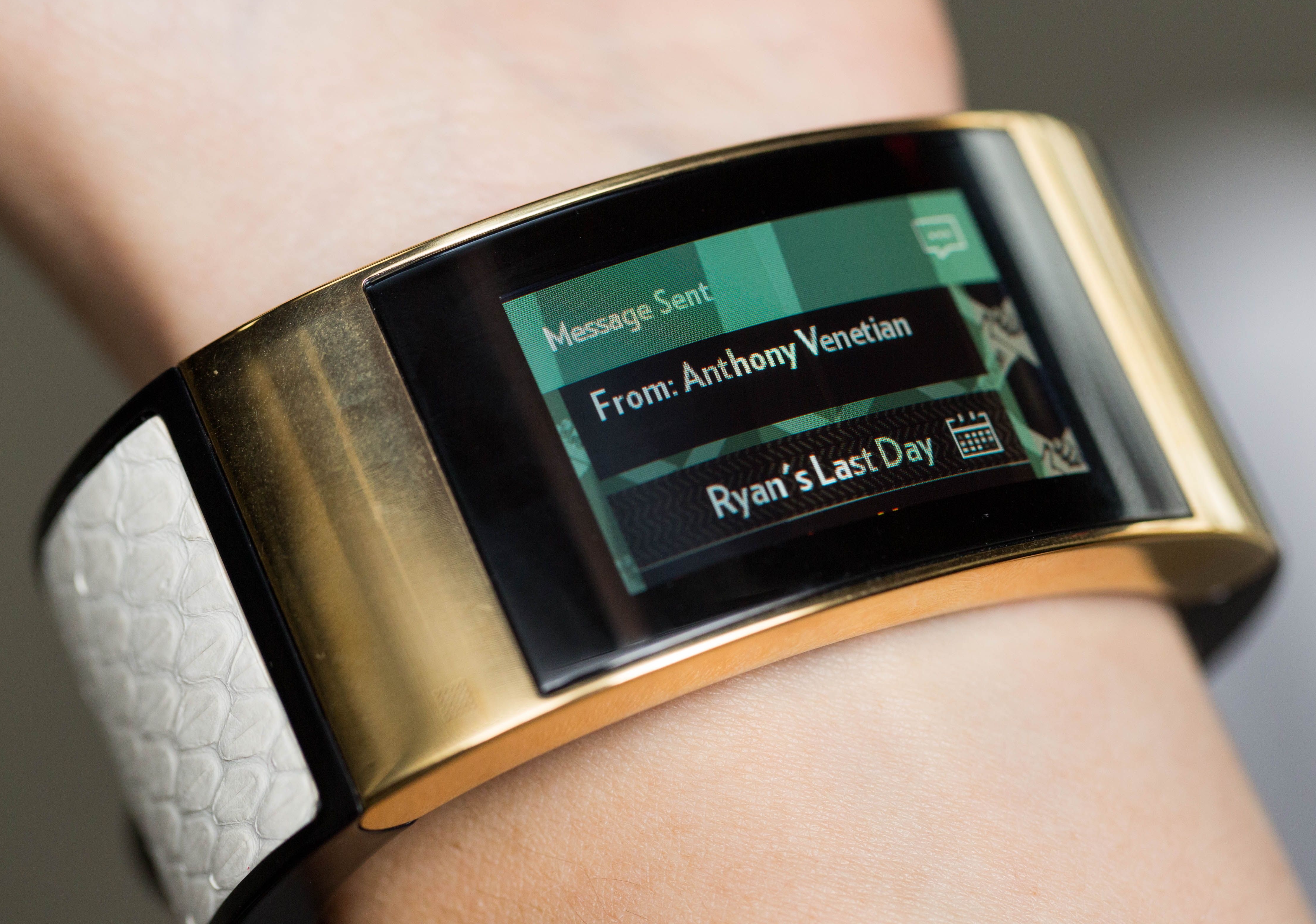Trellie, a developer of wearable technology, has announced a partnership with a large jewelry manufacturer to incorporate the firm’s modular smart jewelry technology in its products. The firm’s product concept is illustrated in the photo of a ring with Trellie’s electronics module.

Trellie believes that jewelry consumers will purchase various pieces of jewelry or handbag accessories, choose the piece they want to wear at a particular moment, and then simply insert the electronics module into the piece.
Source: Trellie
The modular concept behind Trellie’s smart jewelry provides consumers with a cost effective means to possess multiple pieces of smart jewelry. Techcrunch reports that later this year Trellie will offer its starter kit which will include a sliver- or gold-plated ring, the electronics module and a charger for $99 to $129. Consumers will also be offered additional pieces including bracelets that accept the electronics module for $35 to $50. The functionality of Trellie’s smart jewelry is based on a smartphone app which causes the smart jewelry to provide notifications by lighting up or vibrating when receiving calls or texts, or for calendar events. The functionality and intent of Trellie’s smart jewelry are illustrated in the video below.
The modular concept embodied in Trellie’s smart jewelry has similarities to Intel’s Curie module (photo below) which the firm introduced at CES 2015.
 Source: Intel
Source: Intel
Intel is targeting the Curie module as “a complete low-power solution designed for companies interested in developing wearable technology solutions”. The key features of the Curie module include: a low-power, 32-bit Intel Quark SE SoC; 384kB Flash memory, 80kB SRAM; a low-power integrated DSP sensor hub with a proprietary pattern matching accelerator; Bluetooth Low Energy; 6-axis combo sensor with accelerometer and gyroscope; and battery charging circuitry.
While Intel’s Curie module would enable more capability than Trellie’s module seems to provide, the overall form factor, modularity and application focus on wearables are similar. Compared to Trellie, Intel is addressing a wider range of potential consumer product developers in several product categories including Basis Peak, Fossil Group, Oakley (Luxottica Group), MICA and Opening Ceremony, SMS Audio and more. For example, Opening Ceremony’s MICA (My Intelligent Communication Accessory, $495, photo below) is a stylish bracelet that is a standalone, wireless-connected device on the AT&T network and provides a range of applications including messaging, calendar and event notifications. MICA is reported to include a 1.6″ OLED display with a capacitive touch screen.
 Source: Opening Ceremony
Source: Opening Ceremony
While the products being developed using Intel’s Curie module do not appear to incorporate an interchangeable electronics module approach like Trellie’s, I can imagine that future products may take the modular approach. Clearly, a modular design should allow for reduced product price when averaged over several wearable pieces. However, a modular approach which allows the user to simply mechanically transfer the electronics from one wearable to another should also provide the utility of easily transferring key aspects of the electronics module such as the wireless provider connection, personalization information, memory contents, and more. As we all wait for the April 2015 release of the Apple Watch, we should also be on the lookout for modular wearable devices. – Phil Wright

